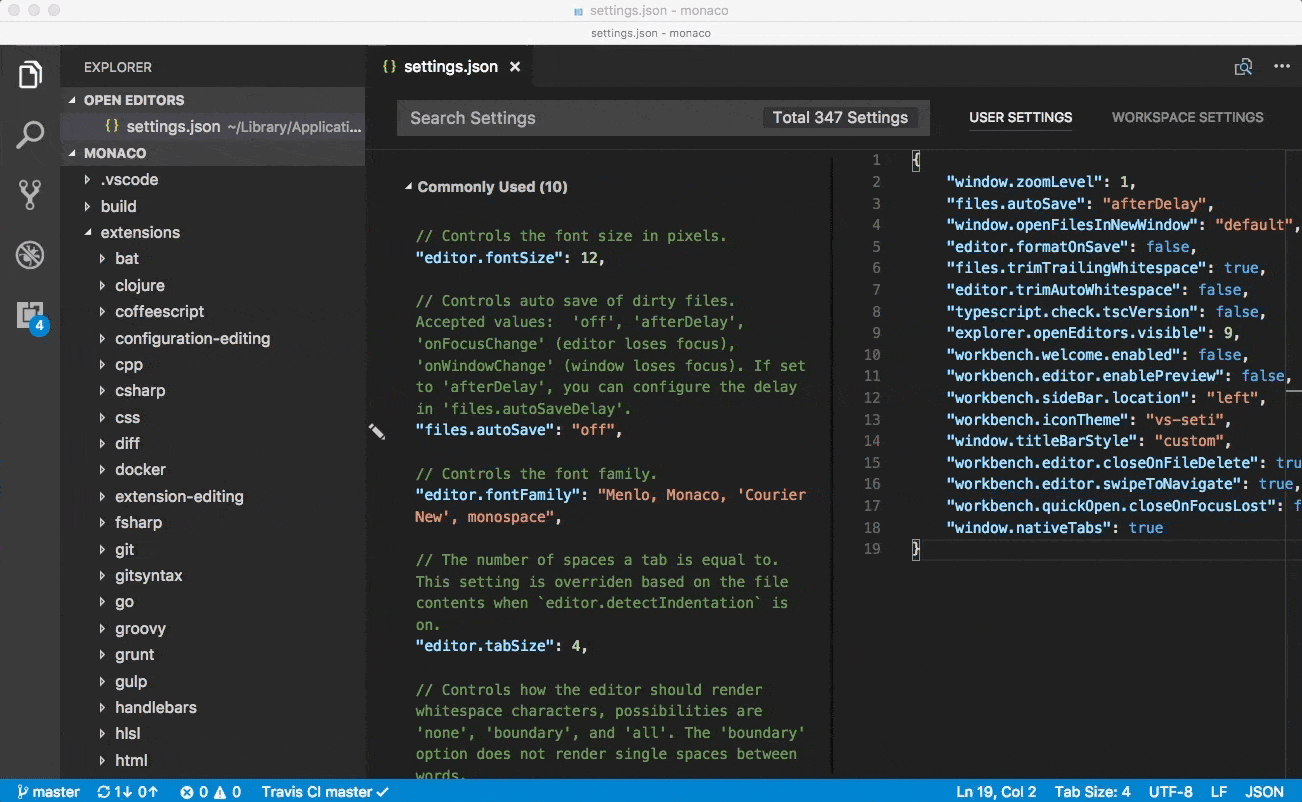

You CAN theoretically debug the RELEASE kernel, but when you’re a beginner the Development one is much better. With the hardware part set up, we need some software. You can connect the two in various ways I will discuss in this write-up, but in my case, the best method (and the most reliable) seems to be via a Firewire cable between the two (that is because both my machines have actual firewire ports, not USB-C bullshit).
#Debugger for mac os sierra pro
You need to have a device of which kernel you want to debug (in my case I am using my iMac 2011 as a debuggee) and a device from where you do the debugging (I am using my MacBook Pro 2009 for this). Okay, so the first things we need to sort out is the lab. Getting started with Kernel debugging on macOS
/DUDebug-5a722f208023b90037856ee9.jpg)
You’ve been a beginner once and wanted to have fun and learn so shut up. If you are going to say “well if people don’t know what to do with a kernel debugger they shouldn’t use one”, please segfault. Some of them stop at just the “now you should have a working debug session” - so what? what do I do next? I wanna have fun Goddammit! In this write-up I am doing my best to provide the most accurate information for 2019, the right commands, the right boot-args and of course, practical examples you can begin with. There are many write-ups on the internet about debugging the kernel on macOS but many of them are outdated as hell and the NVRAM boot arguments they tell you to set are no longer working. At first, by hiding under lock and key the documentation about the debug boot arguments, and then by moving the Kernel Debug Kit under the Developer Account-only Downloads section. Unfortunately, it’s not an easy task nowadays and Apple seems to want to make it harder and harder. Debugging the damn kernel is a very entertaining thing to do (until you provoke a serious exception, that is, and the kernel crawls into a corner from which it refuses to get out).


 0 kommentar(er)
0 kommentar(er)
